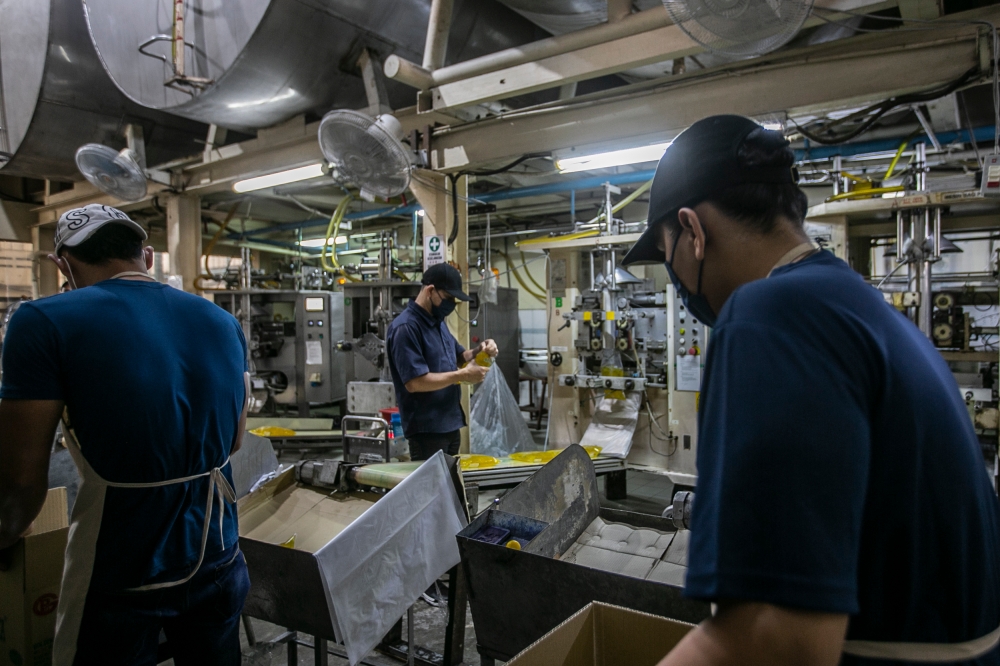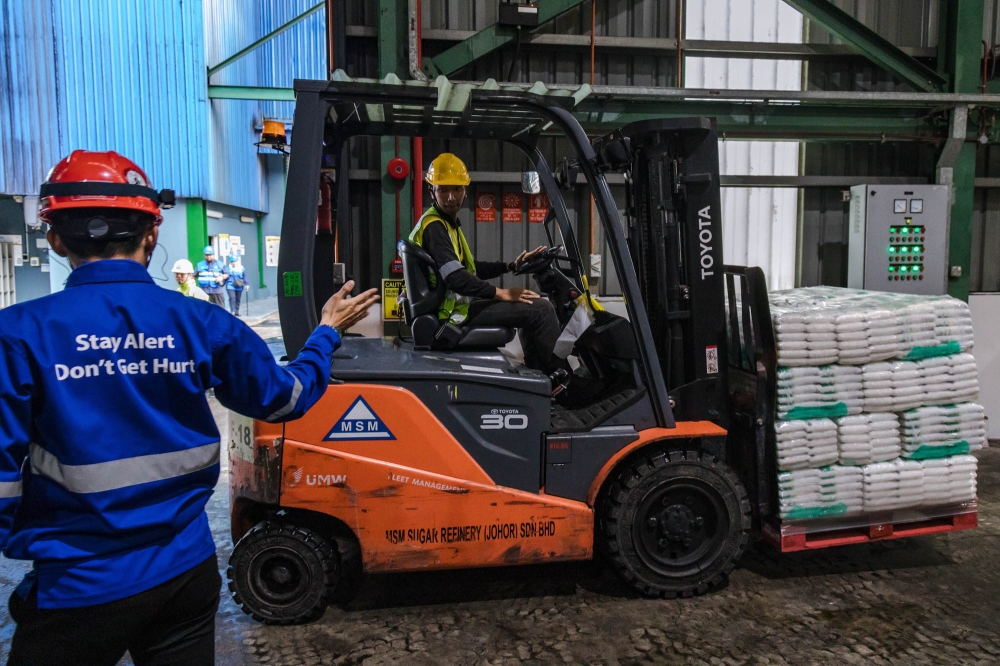KUALA LUMPUR, May 1 — Labour Day, globally celebrated today, may not be just a day off for workers but a cornerstone of labour rights.
Apart from recognising labourers’ contributions to the economy, workers’ rights are usually the main subject of the day brought up by activists and advocates around the world.
Central to discussions around workers’ rights is often the concept of minimum wage, a critical system designed to ensure fair reimbursement to the workforce.
In Malaysia, determining an optimum minimum wage has been challenging as it must balance the needs of employees, who require sufficient earnings to cover ever-rising living costs, and employers who need to manage operational costs effectively.
According to Jawatankuasa Mei 1 co-coordinator Aiman Farihan, the current RM1,700 minimum wage is far from enough, especially for workers living in urban areas.
“With the cost of living rising across the board, from food to rent and transport, this amount doesn’t reflect the real needs of workers and their families,” she said.
Citing a study, Aiman said Malaysian worker productivity is higher compared to some developed countries, noting that labour productivity here has increased by 1.9 per cent, with monthly household spending up by 3.7 per cent, while the average income only grew by 2.4 per cent between 2019 and 2022.
“According to a recent study published by the Social Wellbeing Research Centre at Universiti Malaya, a minimum wage worker in the Netherlands only needs to work four minutes to afford one litre of milk, whereas a worker in Malaysia has to work nearly an hour to buy the same item,” she said.
Aiman said Jawatankuasa Mei 1 proposes that the minimum wage be raised to at least RM2,000, and that it be reviewed regularly through a transparent process that includes the voices of workers, not just employers and the government.
History of minimum wage policy in Malaysia
Malaysia first ventured into the legislative terrain of minimum wage with the introduction of its minimum wage policy in 2012.
This came after years of advocacy highlighting wage disparities and the need for federal legislation to protect workers.
As a result, the government gazetted the National Wages Consultative Council Act, and it came into effect on January 1, 2013, for larger employers and on July 1, 2013, for smaller businesses.
What led to the implementation of a minimum wage policy?
Several factors converged to generate the momentum for a nationwide minimum wage policy.
Key among them were the widening income inequality, regional wage disparities, and the need to ensure that the lowest-paid workers could meet basic living costs in the face of rising inflation.
The policy aimed to ensure that the basic needs of workers and their families were met by providing them with adequate social protection.
It also aimed at boosting domestic consumption and improving worker productivity by increasing their purchasing power.
The criticisms
Despite its noble intentions, the policy was met with criticism.
Employers’ groups expressed concern about the impact on small and medium enterprises, fearing that increased labour costs would lead to higher operating costs or reduced hiring.
Critics also warned of potential inflationary pressures as businesses might pass on the increased costs to consumers.
Similar criticisms were raised each time the government increased the minimum wage, up until the most recent adjustment in Budget 2025.

A general picture of the workers packing cooking oil. — Picture by Hari Anggara
How much has the minimum wage increased over the years?
In 2013, the initial minimum wage was set at RM900 per month in Peninsular Malaysia and RM800 in Sabah and Sarawak.
It was then increased to RM1,000 (Peninsular Malaysia) and RM920 (Sabah and Sarawak) in 2016, and to RM1,100 (nationwide) in 2019.
During the pandemic, the council decided to raise the minimum wage more aggressively to RM1,200 in 2020 and RM1,500 in 2022.
In Budget 2025, the government readjusted the minimum wage to RM1,700 nationwide.
Minimum wages vs cost of living
While Malaysia’s minimum wage has seen a considerable increase of about 90 per cent since its introduction, rising from RM900 in 2013 to the current RM1,700 in 2025, the cost of living has similarly surged, raising concerns about the real purchasing power of workers.
According to the Analysis of Annual Consumer Price Index 2024 by the Statistics Department, the prices of some of Malaysia’s favourite foods have notably increased over the past 13 years.
For instance, the price of a plate of nasi lemak has climbed by 81.3 per cent, from an average of RM2.03 in 2011 to RM3.68 in 2024.
Similarly, chicken satay prices have more than doubled, soaring 113.7 per cent from 51 sen per stick to RM1.09.
Other essential items have also seen significant price hikes. Big onions imported from India have increased by 139.4 per cent, with prices rising from RM2.89 to RM6.92 per kilogramme.
Local beef, another staple in the Malaysian diet, nearly doubled in price, climbing from RM19.05 to RM37.84 per kilogramme between 2011 and 2024.

An employee operates a forklift to move sacks of sugar inside a warehouse at MSM Sugar Refinery in Pasir Gudang. — Picture by Firdaus Latif
How is it in our neighbouring countries?
For a regional perspective, Malaysia’s minimum wage isn’t far from its neighbouring countries, not factoring in differing economic structures and living costs in each country.
As of 2025, Thailand’s minimum wage stands at a daily rate equivalent to approximately between RM1,310 and RM1,550 monthly.
Meanwhile, Indonesia varies significantly across its regions, with the Jakarta rate equating to about RM1,400 monthly.
In the Philippines, minimum wages are set regionally based on different sectors, with non-agricultural workers earning a minimum wage of RM990 a month.
Singapore, on the other hand, does not have a minimum wage policy. Its Ministry of Manpower has suggested that workers’ salaries should be subject to mutual negotiations and agreement.







